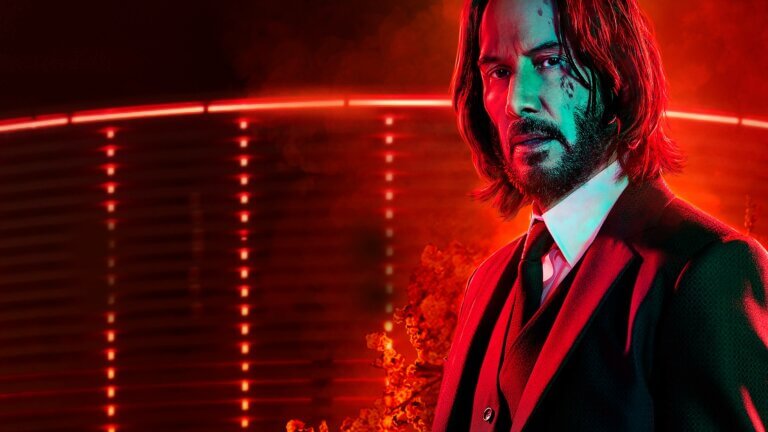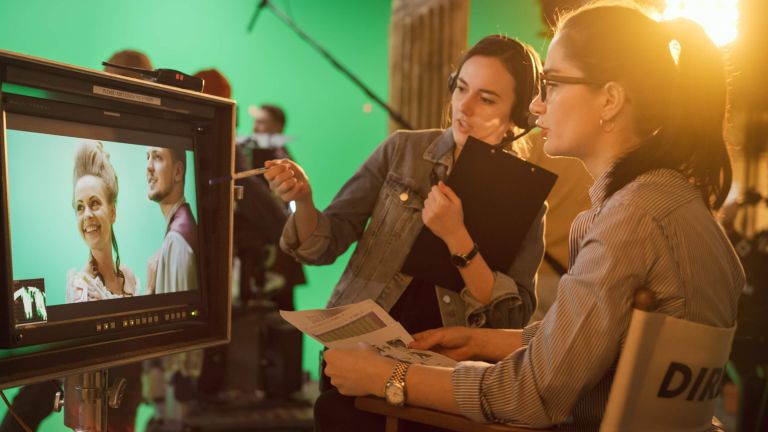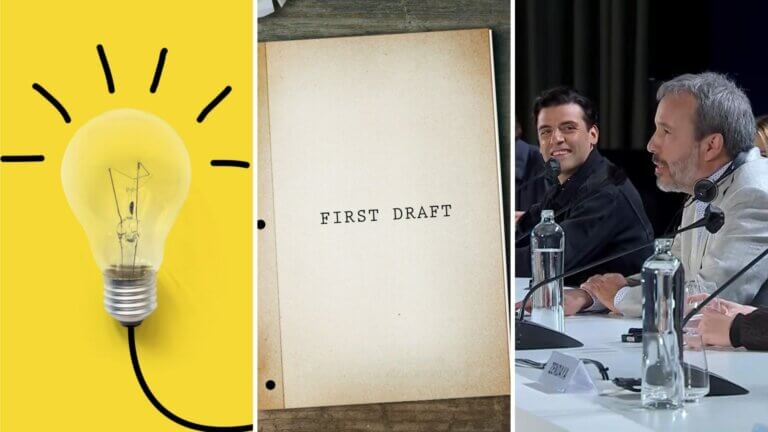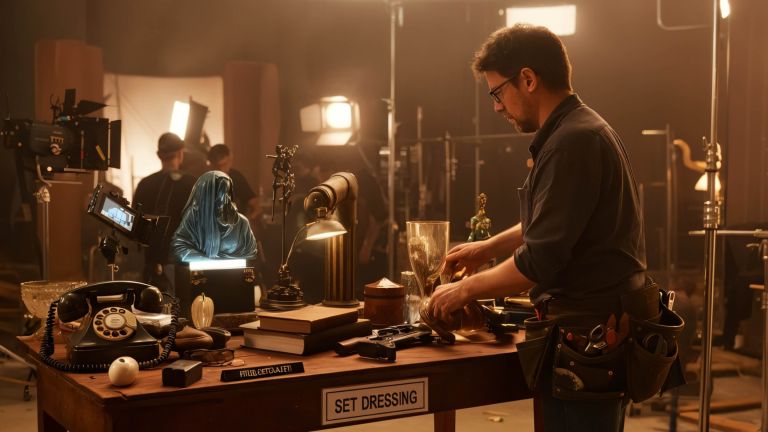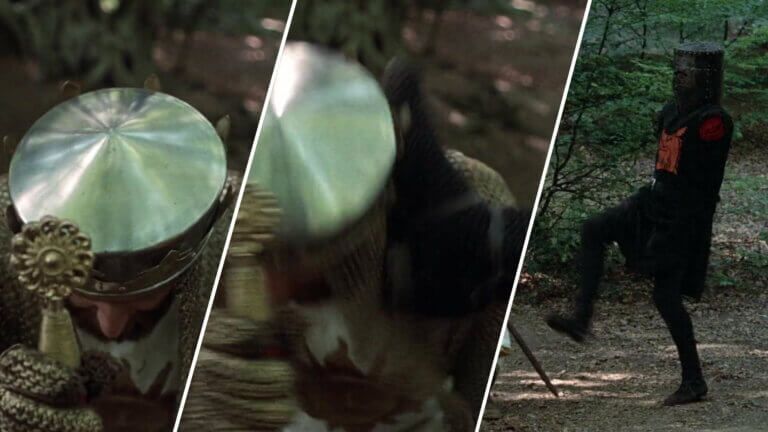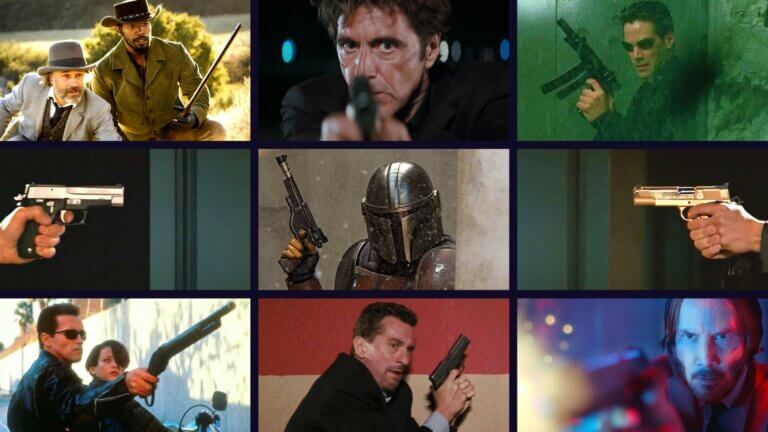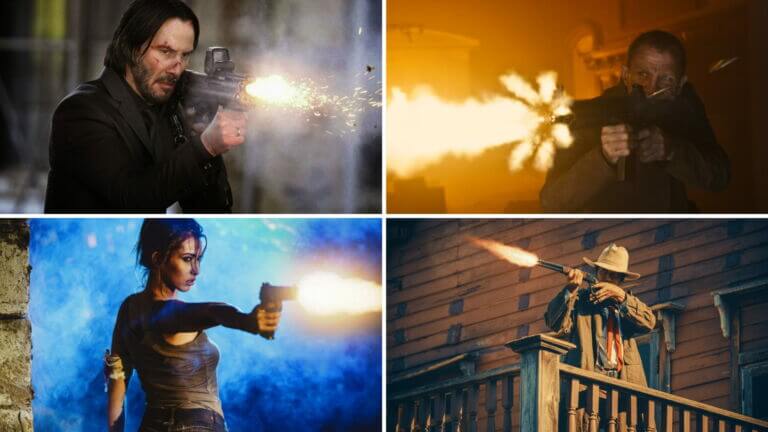Like the countless henchmen felled by the hitman, audiences did not see John Wick coming. From the get-go, John Wick has felt out-of-time, a standout action series that doesn’t have many contemporaries. By the release of its fourth installment, the Wick franchise has become a beloved institution. This makes ranking the John Wick films a difficult task — how can you differentiate very good from great? Let’s get the John Wick movies ranked and break down what makes each movie so special.Continue reading John Wick Movies Ranked — What Makes Each Film Great
If you've ever heard the terms ‘second unit’ or ‘second unit director’ thrown around without knowing what they mean, then you have come to the right place. We will be breaking down what a second unit is, what it is used for, and what exactly the role of a second unit director entails. We'll also conclude with some tips on how you could become a second unit director. Let’s get to it. Continue reading What is a Second Unit Director & What Does a Second Unit Do?
Die Hard is a classic action (Christmas?) movie for a good reason. It's gritty, it's full of badassery, and it's simply a blast to watch. And while Die Hard is definitely a great movie, plenty of other films accomplish the high-octane fun, action, and story of the film. Here is our list of the best movies like Die Hard. Yippee-ki-yay!Continue reading Best Movies Like Die Hard — 12 Action Classics Just as Fun to Watch
Picture this. You’re an aspiring screenwriter with a story idea, maybe even a script. You get into an elevator and see a well known movie producer. You chat, you say you’re a screenwriter, and they ask if you have anything you’re working on. You have three more floors to pitch your story idea. What do you say? This is where having a clear and precise premise is necessary. Let’s look at the premise definition as well as a few examples to understand how to make our own.Continue reading What is the Premise of a Story — Definition and Examples
Anytime you see an actor handle or interact with an object in a film, that object was carefully picked out and acquired by a single person — the prop master. Films can have an incredible amount of props and each one is important in its own way. Behind it all is a prop master. What is a prop master and why are they important to a production? In this article, we’ll cover how prop masters approach a script, how they acquire props, and the other responsibilities they have on and off set. Continue reading What is a Prop Master —…
A match on action cut, also referred to as cut on action, is one of the most important editing principles in all of filmmaking. But what is a match on action cut? We’re going to explain matching on action with film examples and more – but first, let’s quickly define the term.Continue reading What is a Match on Action Cut — Definition & Creative Examples
Ever since The Great Train Robbery introduced filmgoers to the joys of a glorious gunfight in 1903, shootouts have become a staple of cinematic spectacles. Throughout movie history, filmmakers have tried to one-up each other by creating the most titillating exchange of gunfire possible. Over a century since its inception, the shootout continues to be a favorite attraction of audiences. They can be gory and horrific or stylized and fun; they can be slow and quiet or chaotic and bombastic. Let’s look at some of the best to ever grace the silver screen.Continue reading Best Movie Shootouts of All Time…
Muzzle flashes are an integral element in every movie shootout. Though they might seem like a small detail, it can make the difference between a movie gunshot seeming cheap and fake or real and exciting. Muzzle flashes can be executed in a few different ways, and we’ll be explaining everything you need to know about this effect. But, before we dive into movie muzzle flashes, it’s important to understand the real-life counterparts.Continue reading Muzzle Flash Effect — Downloads, Tutorials & On-Set Tips
The reverse angle shot can be found in nearly every movie you have ever seen. Its popularity among even the most stylish cinematographers and filmmakers it's based on its function rather than aesthetic. So what makes the reverse angle shot so functional? What is it most commonly used for? In this article, we’ll take a deep look into the reverse angle shot and how its used in most films you’ve seen. Continue reading What is a Reverse Angle Shot in Film — Shot Types Explained
The term “Plot device” has grown to be taboo in the world of writing. Most screenwriters associate the term with an inherently negative connotation, but that doesn’t have to be the case. Plot devices have existed since the inception of stories, and for good reason.So what is a plot device? In this article, we’re going to define what a plot device is, then look at some examples from film that show how they can be used in both poor and effective ways. Continue reading What is a Plot Device? Definitions and Examples
